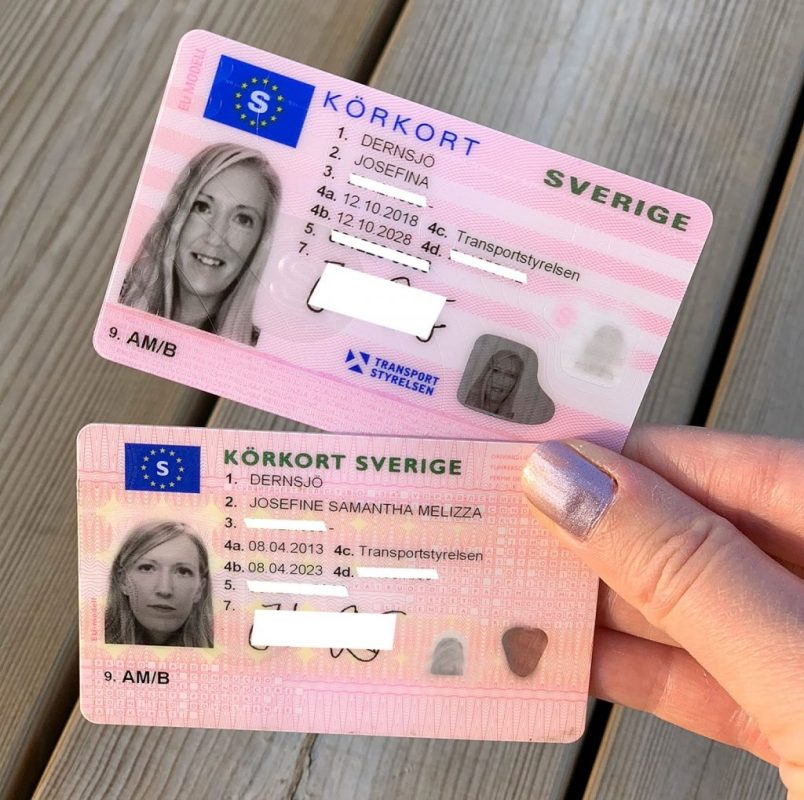A Brief History Of The Evolution Of Driving License Id-Handling 2025
페이지 정보

본문
The Future of Driving Licenses: ID Handling in 2025
As innovation continues to develop at an unprecedented rate, various sectors are embracing developments to boost user experience and efficiency. Among the locations experiencing significant change is identity management, particularly concerning driving licenses. With the introduction of digital licenses and advanced recognition techniques, the landscape of driving license ID handling is anticipated to go through significant changes by 2025. This article explores the anticipated developments in driving license ID handling, the implications for users, and responses regularly asked questions about the future of driving licenses.
The Evolution of Driving Licenses
Driving licenses have typically functioned as a method of determining a person's authority to operate a motor car. They also serve numerous secondary functions, consisting of age confirmation and identity confirmation for banking and travel. Nevertheless, the physical card system has restrictions, including dangers of counterfeiting, loss, and outdated information. As society seriously depends on effective and secure recognition systems, the shift toward digital licenses is becoming progressively popular.

Present Trends in Driving License ID Handling
Digital Licenses: Many states are piloting digital driving licenses that allow users to keep their credentials on their smartphones. These digital licenses are designed with advanced security features, consisting of biometric data, and can be scanned or shared safely.
Blockchain Technology: Some jurisdictions are exploring blockchain to boost the security and authenticity of driving licenses. This technology makes sure that information can not be damaged which the information is easily proven.
Facial Recognition: Increasingly utilized in identification practices, facial acknowledgment innovation can expedite the procedure of validating an individual's identity versus their driving license. This innovation likewise helps in reducing scams and maintain the stability of the licensing systems.
Multi-Functional Licenses: Future driving licenses might integrate additional features such as health records, travel documents, and even payment systems, offering a comprehensive identity option.
The Benefits of Digital Driving Licenses by 2025
The shift towards digital driving licenses presents numerous benefits, consisting of:
Convenience: Users can access their licenses anytime, which removes the requirement for physical cards. This is especially useful when people forget their license, as digital copies can be obtained rapidly.
Security: Advanced security procedures can reduce the threat of identity theft, fraud, and unapproved duplication. Digital licenses frequently include encryption and biometric verification.
Performance: Reduced wait times at government workplaces and during traffic stops, as law enforcement can validate digital licenses quickly.
Ramifications for Users
While the developments in driving license ID dealing with present various advantages, they likewise include difficulties. Users require to adapt to new technology and guarantee they comprehend the modifications and their implications. Here are some factors to consider:
Privacy Concerns: With increased digital footprints, there will be heightened concerns over information personal privacy and how biometric data is stored and used.
Availability Issues: Individuals without access to smart devices or digital technologies might deal with barriers to acquiring and using digital licenses.
Regulative Compliance: With various jurisdictions embracing various systems and procedures, users need to be mindful of their local laws regarding digital licenses and recognition.
Expected Changes in Driving License ID Handling by 2025
| Aspect | Present Status | Anticipated Change by 2025 |
|---|---|---|
| License Format | Physical cards | Mainly digital licenses |
| Verification Process | Manual checks | Automated biometric verification |
| Security Measures | Standard holograms and functions | Advanced encryption and blockchain |
| Jurisdictional Differences | Fragmented procedures throughout states | More standardized nationwide systems |
| User Interaction | In-person renewals and checks | Mobile applications for management |
FAQs
1. What is a digital driving license?A digital driving license is an electronic variation of a traditional driving license that is kept on a mobile device. It can be used for identification and confirmation in numerous circumstances, with boosted security features to prevent fraud.
2. How will digital licenses improve security?Digital licenses utilize encryption and biometric information, making them more hard to create or misuse compared to traditional cards. Additionally, blockchain technology can ensure data credibility and stability.
3. Will everybody be required to switch to a digital license?While lots of jurisdictions are approaching digital licenses, policies may differ. Users are motivated to talk to their local licensing authorities for specific standards.
4. What are the prospective disadvantages of digital licenses?Some potential disadvantages consist of privacy concerns concerning data storage, ease of access issues for people without mobile phones or digital literacy, and the requirement for a robust regulatory structure to manage security and user rights.
5. How can I prepare for the shift to digital licenses?Stay informed about regional efforts regarding digital licenses, check out offered mobile applications for KöKort managing identification, and cultivate digital literacy to browse new technologies confidently.
The future of driving licenses and ID handling is poised for substantial development by 2025. As digital licenses become more common, users will experience improved security, benefit, and efficiency. However, alongside the advantages come challenges that will require public awareness and adjustment. Stakeholders need to focus on education, policy, and ease of access to guarantee a smooth transition that empowers individuals with the recognition tools of the future. As technology advances, so too will the techniques through which society handles identity, particularly vital in processes as essential as running a motor car.

- 이전글It's The One Driving License Online Trick Every Person Should Be Aware Of 25.07.06
- 다음글잠원역치과 논현역치과, 사랑니 발치 통증 걱정? 꼼꼼하게! 25.07.06
댓글목록
등록된 댓글이 없습니다.

